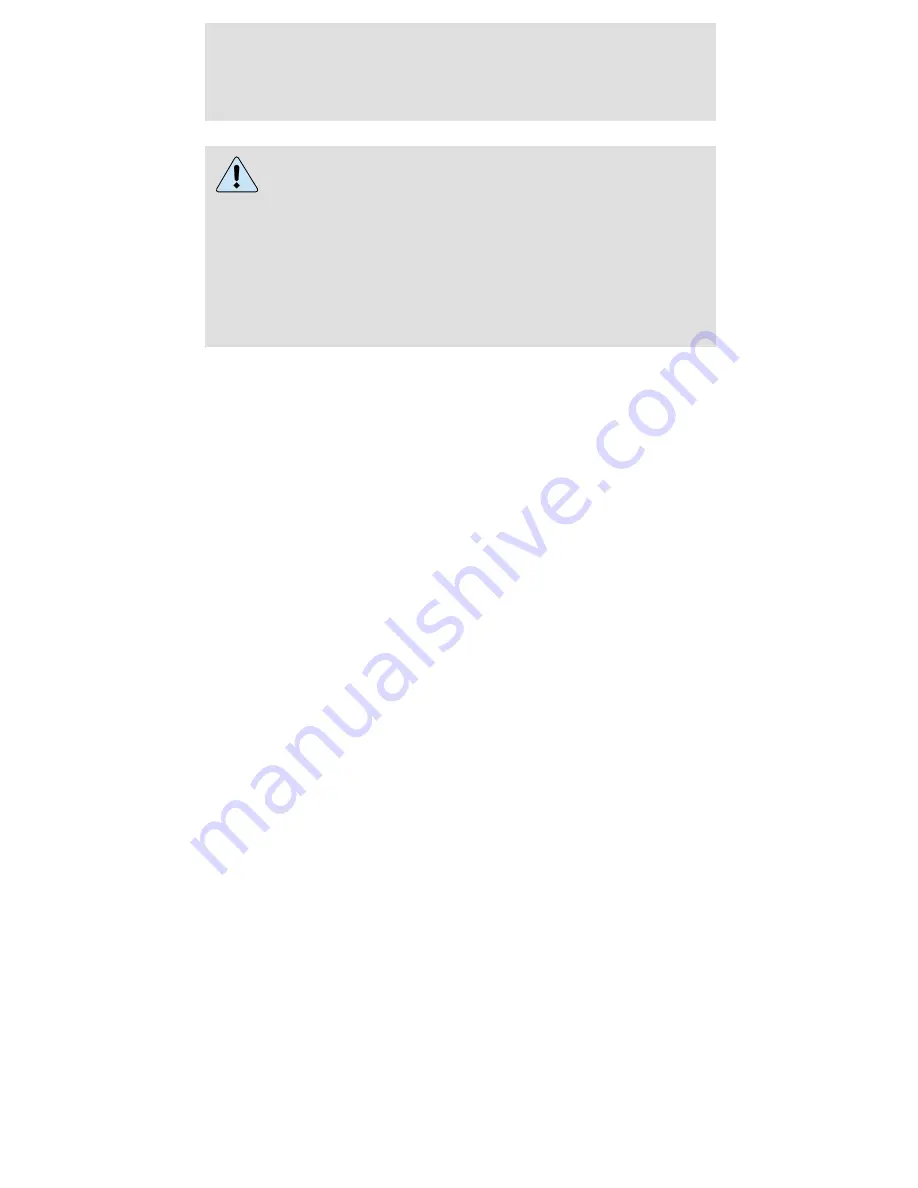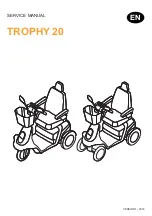
Each seating position in your vehicle has a
specific safety belt assembly which is made
up of one buckle and one tongue that are designed
to be used as a pair. 1) Use the shoulder belt on
the outside shoulder only. Never wear the shoulder
belt under the arm. 2) Never swing the safety belt
around your neck over the inside shoulder. 3)
Never use a single belt for more than one person.
While you are fastened in the safety belt, the
combination lap/shoulder belt with a cinch tongue
adjusts to your movement. However, if you brake
hard, turn hard, or if your vehicle receives an impact
of 8 km/h (5 mph) or more, the safety belt will lock
to help reduce your forward movement.
Safety belt extension assembly
If the safety belt is too short when fully extended,
there is a 20cm (8 inch) safety belt extension
assembly.
Use only extensions manufactured by the same
supplier as the safety belt. Manufacturer
identification is located at the end of the webbing on
the label. Also, use the safety belt extension only if
the safety belt is too short when fully extended. Do
not use extensions to change the fit of the shoulder
belt across the torso.
Safety belt maintenance
Check the safety belt systems periodically to make
sure that they work properly and are not damaged.
All safety belt assemblies, including retractors,
buckles, child safety seat tether bracket assemblies
(if equipped), and attaching hardware, should be
inspected after any collision. Th!nk recommends that
all safety belt assemblies used in vehicles involved in
a collision be replaced. However, if the collision was
minor and a qualified technician finds that the belts
do not show damage and continue to operate
properly, they do not need to be replaced. Safety
belt assemblies not in use during a collision should
Seating and safety restraints
50
































